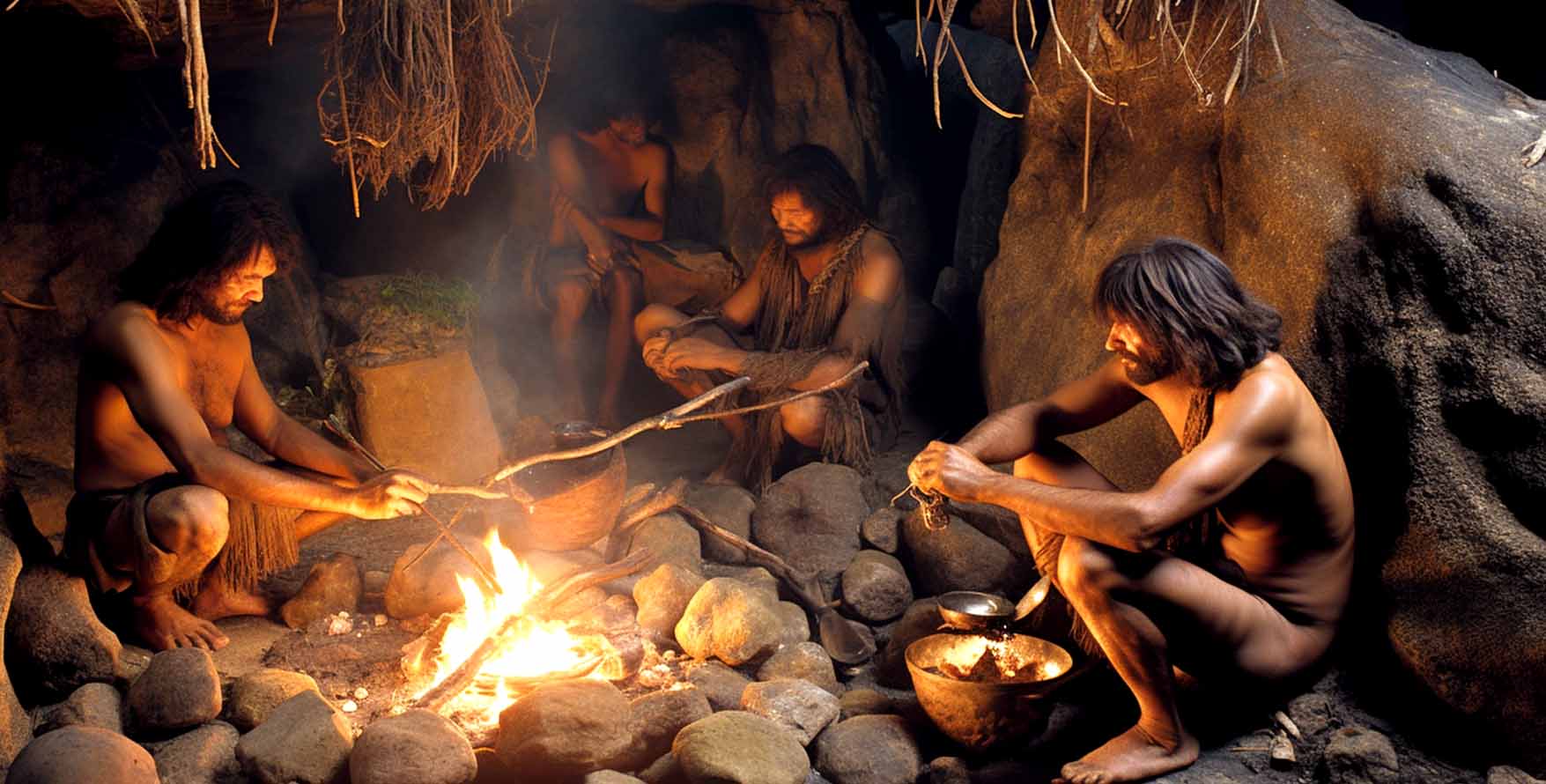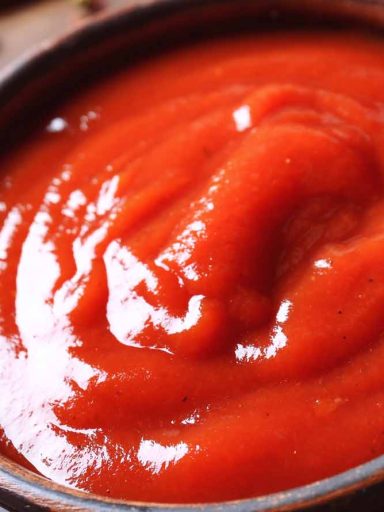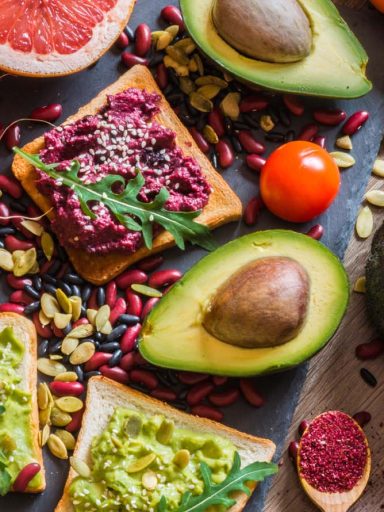
Introduction
From the discovery of fire to the modern kitchens we know today, cooking has evolved in fascinating ways over the centuries. In this article, we will take you on a mouth-watering journey through the ages as we explore the key inventions, discoveries, and cultural influences that have shaped the art of cooking. By understanding the past, we can better appreciate the culinary masterpieces we enjoy today and look forward to the future of food.
Related Articles:
- Eat Your Words: The Origins of Popular Food-Related Phrases and Idioms
- The History and Culture of Tea: From China to the World
- The Fascinating History of Ice Cream: From Emperor Nero to the 21st Century
The Discovery of Fire and Roasting: The Dawn of Cooking
The history of cooking can be traced back to the Paleolithic era, around 2 million years ago, when our ancestors first discovered fire. This breakthrough allowed early humans to roast meat and other foods over open flames, making them more tender, flavorful, and easier to digest. This early cooking technique not only made food more palatable but also provided essential nutrients and improved our overall health.
Ancient Civilizations and the First Cookware
As humans began to establish settlements, they developed more sophisticated cooking methods. Ancient Mesopotamians, Egyptians, and Chinese were among the first to create cookware, such as clay pots and pans. These early inventions allowed for boiling, stewing, and baking – techniques that enhanced the taste and texture of various ingredients. Additionally, these civilizations had a significant influence on the spices, herbs, and flavors that we still use today.
The Roman Empire and Gastronomy
The Roman Empire was a melting pot of diverse cultures, and this diversity was reflected in its culinary traditions. The Romans were known for their love of lavish feasts, and they embraced the gastronomic arts. They developed advanced cooking techniques and utilized a wide variety of ingredients, from exotic spices to unusual animal parts. Roman cookbooks, such as Apicius, offer a fascinating glimpse into the flavors and dishes enjoyed during this time.
The Middle Ages: A Time of Feasts and Famine
During the Middle Ages, food was a symbol of wealth and power. The elite indulged in grand feasts, featuring exotic ingredients and intricate dishes. Meanwhile, the lower classes experienced food scarcity and relied on simple, locally-sourced ingredients. This period also saw the rise of monastic kitchens, which played a crucial role in preserving culinary knowledge and techniques.
The Renaissance: A Culinary Revolution
The Renaissance was a time of artistic and intellectual growth, and this era also had a significant impact on the culinary world. New ingredients, such as tomatoes, potatoes, and corn, were introduced to Europe from the Americas, inspiring chefs to experiment with novel flavors and dishes. This period also saw the rise of the first cookbooks, allowing for the widespread dissemination of culinary knowledge.
The Age of Exploration and the Globalization of Ingredients
The Age of Exploration led to the exchange of ingredients, recipes, and cooking techniques between the Old and New Worlds. Spices such as cinnamon, cloves, and nutmeg, became highly sought after and shaped the flavors of European cuisine. This period also saw the introduction of new crops, like sugar and coffee, which had a lasting impact on global culinary traditions. The exchange of ideas and ingredients during this time laid the foundation for the diverse, interconnected culinary landscape we know today.
The Industrial Revolution: Mass-Produced Cookware and Appliances
The Industrial Revolution brought about significant changes in the way we cook and eat. Mass-produced cookware and appliances, such as cast iron stoves and early refrigerators, made food preparation more efficient and accessible. Canned food and preservation techniques emerged, allowing for longer shelf life and easier transportation of ingredients. This era also marked the beginning of urbanization, which led to the rise of restaurants and the popularization of dining out.
The 20th Century: The Golden Age of Restaurants and Convenience Foods
The 20th century saw the rapid expansion of the restaurant industry, thanks to increased disposable income and leisure time. Dining out became a popular form of entertainment, and various cuisines from around the world gained widespread popularity. This period also saw the birth of fast food and the rise of convenience foods, such as frozen meals and instant mixes, which catered to the busy lifestyles of modern consumers.
Modern Culinary Trends: Molecular Gastronomy and Plant-Based Diets
The 21st century has witnessed a wave of culinary innovation, with chefs and food enthusiasts pushing the boundaries of what is possible in the kitchen. Molecular gastronomy, which combines science and cooking, has emerged as a popular trend, allowing for unique textures and flavor combinations. At the same time, there has been a growing interest in plant-based diets and sustainable food production, with many restaurants and home cooks embracing vegetarian and vegan options.
The Future of Food: 3D Printing and Sustainability
As we look towards the future, emerging technologies, such as 3D food printing, offer exciting possibilities for the culinary world. These innovations have the potential to transform the way we create and consume food, making it more customizable, sustainable, and efficient. Additionally, the growing awareness of environmental and health issues has led to a renewed focus on sustainable food practices, including local sourcing, waste reduction, and alternative protein sources.
Conclusion
The evolution of cooking is a fascinating and delicious journey that has shaped our culinary landscape in countless ways. From the discovery of fire to the latest culinary trends, each era has brought with it new techniques, ingredients, and flavors that have expanded our understanding and appreciation of food. As we continue to innovate and explore, the future of cooking promises to be just as exciting and mouth-watering as its past.



